THE CATHOLIC CHURCH IS THE VERY CHURCH FOUNDED BY JESUS CHRIST ON THE APOSTLES 2,000 YEARS AGO. This does not mean, however, there are no discernible differences between the Church then and the Church now. To claim otherwise would simply be unrealistic, if not foolish. For the Church, as described in the book of Acts, is the Church in her infancy: that grain of mustard seed destined to grow and become the greatest of trees (cf. Matt. 13:31-32). Like all living things, the Church has outwardly become larger and more complex over time. Yet the essence of who she is—her DNA, if you will—has remained unchanged.
Similarly, the claim the Church's teachings have remained unchanged over this vast span of time is not to suggest those teachings were always communicated in precisely the same manner or with the same emphasis. It is readily apparent in reading the historical writings, in fact, that the infant Church conveyed her doctrines in more elementary ways, using less-refined terms than she would in later eras. This, too, is to be expected. Her teachings, after all, had not yet benefited from the centuries of deep theological contemplation that were to come. Nor had they been tested by those looming heresies that would in time force her to reexamine her beliefs and proclaim them with ever greater clarity and fervor.
Consequently, then, while Saints Ignatius of Antioch and Justin the Martyr (in about 110 and 150 A.D., respectively) plainly conveyed the Church's belief in Christ's divinity in their writings, their comparatively primitive expression of it lacks the refinement of the Council of Nicaea and subsequent councils. It would be wholly unrealistic to expect these early Fathers to write of Christ's divinity as profoundly as did their descendants at Nicaea; for they had not faced the challenge of Arius that would motivate the Nicene Fathers to probe more deeply the relationship between the Father and the Son. Of course, we can and do find evidence of the various points of the Nicene Creed contained in the earlier writings, but in a less-explicit form. Nor can we doubt that the Nicene Church and the Church of Ignatius and Justin are one and the same, for they subsist in that same continuity of belief and practice, in that same identifiable tradition.
In like manner, while it is clear that Ignatius and Justin believed the bread and wine were transformed in the liturgical celebration into the real Body and Blood of Christ, the Church in their time, not yet having had to grapple with the questions of Berengar of Tours as she would a millennium later, found it unnecessary to expound on the precise nature of the transformation of the bread and wine. They testified to the reality of it, that is to say, without feeling compelled to explain how it happened. They believed in that miraculous change of substance, even though they did not use the term Transubstantiation, which the Church would later employ.
To say that Christian doctrine has developed over the centuries is not at all to suggest that new doctrines came into existence after the time of the Apostles, nor that established doctrines took on meanings contrary to their original meaning. Rather, the development of doctrine means simply that the Church over time, in contemplating the teachings she has received from Christ, has come to progressively understand those teachings evermore clearly and deeply.
A good example of this would be the Immaculate Conception, the belief that, in light of her unique call to bear the Messiah, Mary was, by a singular grace of God, spared from the stain of original sin and persisted in that sinless state. The Church in modern times officially raised this teaching to the level of a dogma, the highest form of doctrine. This provocative action by the hierarchy is typically done either to demonstrate a doctrine's importance to the faithful or to protect it from error.
It is widely presumed by the Church's critics, though, (and understandably so) that the Immaculate Conception was invented by the modern Church—pulled out of thin air, so to speak. This is presumed because the term Immaculate Conception does not appear in the Bible nor in the early historical writings. But it would be a mistake to judge early Christian belief solely on the basis of terminology. For while we do not find the term used, we most certainly do find the essential elements of the Immaculate Conception expressed. We may start in the book of Genesis, with God's promise to put "enmity" between the devil and the Mother of the Redeemer (3:15). And in the Gospels the Archangel Gabriel addresses Mary by the Greek term kecharitomene (traditionally rendered "full of grace"), which denotes a complete and permanent state of grace (Luke 1:28). Likewise, we find quite early in the historical writings (as early as about 125 A.D., in fact) references to Mary as the New Eve: she who would personally cooperate with Christ the New Adam in His salvific mission. Inasmuch as the early Christians regarded Mary as the antitype of Eve, it is evident they understood her to be pure and uncorrupted by sin. In these writings, then, we find the seeds of the mature doctrine that would be ratified in latter times. Moreover, the unanimity and universality of the New Eve teaching among the ancient Christians indicate the teaching was disseminated by the Apostles themselves.
Far from being a difficulty for the faithful, the development of doctrine, properly understood, gives witness to the truth of the Church and her teachings. For it substantiates for us at once that her teachings, which she received from Christ, are immutable; while at the same time verifies she is the living, growing Body of Christ (cf. 1 Cor. 12:27), and as such that her faith in Him grows ever deeper, more clear, and more invincible.
